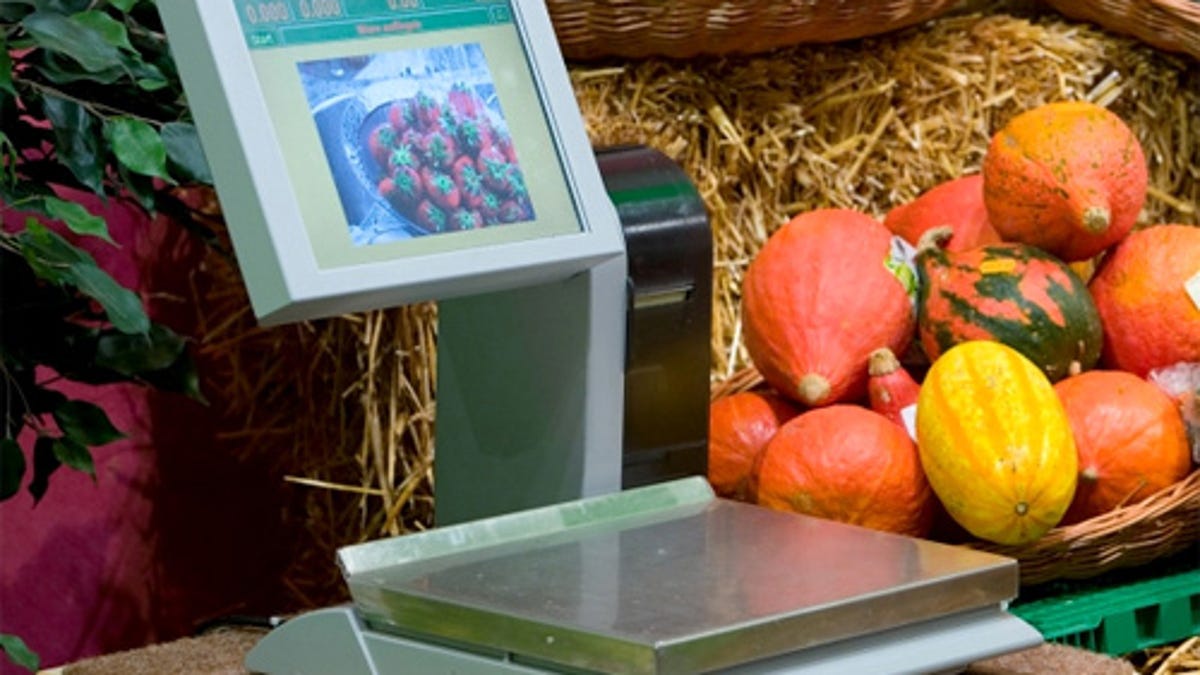Checkout scale identifies produce by sight
An automated supermarket checkout scale incorporates a camera to identify produce. An algorithm compares the image with a database to determine the price.

The future loves automation. Whether it's Jetsons-style powered people-movers, Henry Ford inspired assembly lines, or dystopian office filing systems, our forward thinkers have always been inspired by increasing productivity, the automated way. A new supermarket checkout system looks to be our next step into the future--at least until we have robots doing all of our shopping for us.
The new scale incorporates a camera that captures an image of non-bar-coded foods. By comparing the fruits and vegetables with images stored in a database, the system detects what type of produce it is. Consequently, the item is identified, weighed, and priced simply by placing it on the scale in front of the camera.
While most of us can readily tell the difference between apples and oranges, a whole host of factors comes into play when trying to quantify that information into something a computer can understand. Consider the fact that the systems would have to be capable of interpreting a yellow banana as the same thing as a brown banana and you begin to see the difficulties the designers had faced. When faced with the large amount of varieties of tomatoes alone, it's not hard to imagine that the system has quite a lot of learning to do.
The system is being tested in 300 markets throughout Europe. It will have to overcome a host of factors from different lighting situations to how to handle produce somewhat obscured by transparent bags. For now, it would seem that some human intervention would be necessary. For example, if a store sells organic and nonorganic varieties of the same item, I would rather see a human operator ring me up, lest the machine gets confused into self-destruction.
via OhGizmo!